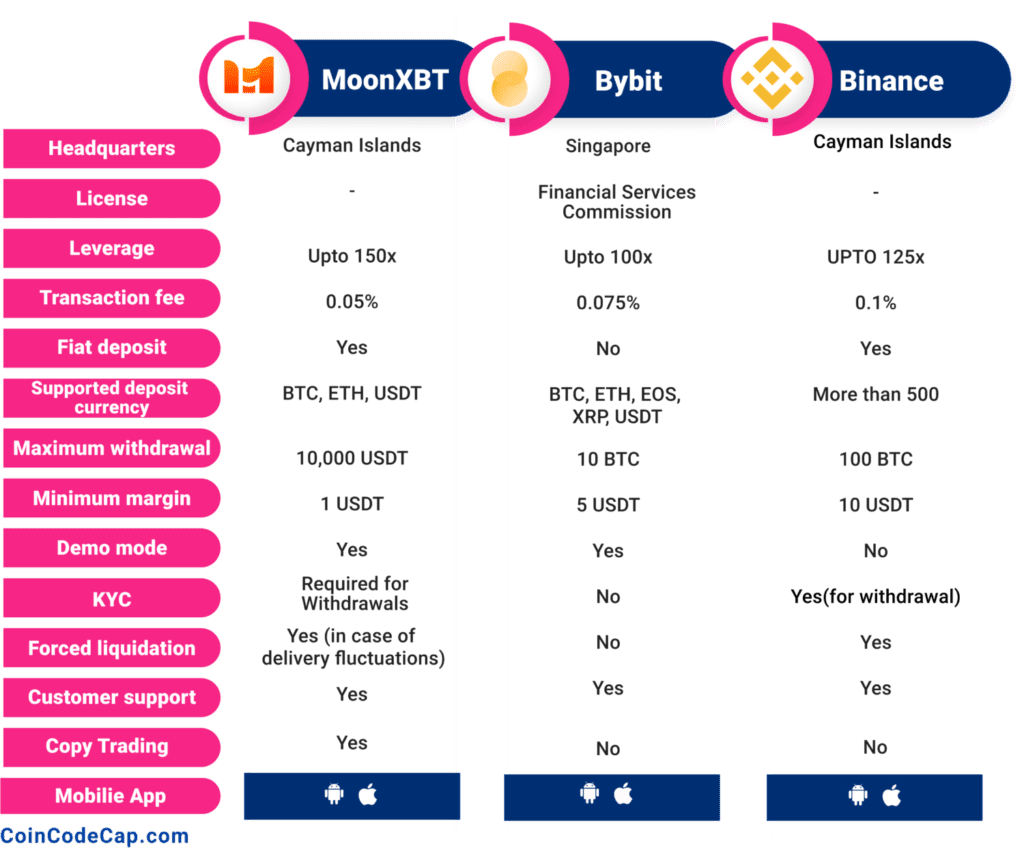Let’s start with a definition of Helium. Helium is just a blockchain-based cryptocurrency that was created on July 29, 2019, with the goal of decentralizing wireless infrastructure worldwide. Is it still a little hazy? Let’s get into the long and short on Helium and Helium miners.
When you mine Helium, you are paid with the $HNT cryptocurrency for providing a connection for a subclass of Internet of Things (IoT) gadgets by simply creating wireless coverage using LongFi technology. This is accomplished with the use of specialized devices, or Helium miners, to ensure the aforementioned technologies, devices that are put wherever the user believes is the greatest location for producing optimal coverage.
The Proof of Coverage algorithm is used to calculate the amount of currency received. I recommend going through the documentation if you want to mine efficiently and provide value to the community. Helium’s code is just about entirely open-source, which implies that anybody may look at it and contribute to it.
One could wonder who gains from the protection offered by those mining this money, and how this protection impacts their daily lives and companies in the region where they reside. The network coverage we’re talking about isn’t some good wifi network that you could have in your house or workplace; rather, it’s a lower tier of something like the web in the form of radio waves that are utilized by devices that only require a little bit of connectivity. Devices like car tracking systems, smart gadgets, sensors, and IoT devices don’t require continual network access and only utilize a small amount of data.
The world is fast changing towards a condition where better products and the Internet of things are utilized more often, therefore by donating to the project, you are helping to shape the technological future.
Hotspots may be set to give 200 times more coverage than Wi-Fi using Helium LongFi, which combines both LoRaWAN wireless technology and the Helium blockchain. Helium Hotspots also operate like miners just on the Helium blockchain, encouraging anybody to set up a network and transport data for a tenth of the cost of mobile. 50-100 hotspots are adequate to cover a whole city.
Helium is a decentralized network with complete encryption that offers high security and pervasive internet access for a fraction of the cost of traditional networks. Helium’s crypto protocol is free of the limits and taxes that come with cellular providers, such as data caps and overage penalties, and it doesn’t require users to buy hardware like a SIM card.
To get started with the Helium Network, users only need to select any LoRaWAN-compatible sensor and utilize the Helium Console to onboard their devices.
Third-party producers that have been certified either by Helium Community provide a range of Helium Hotspots. The fast worldwide expansion of a Helium cryptocurrency market and the community of developers building apps to exploit the Network have matched the strong demand for hotspots.
Proof of Coverage (PoC, https://docs.helium.com/blockchain/proof-of-coverage/) is a revolutionary work method that compensates users for checking coverage, hence establishing location and network access. The Helium Consensus System, which includes the HoneyBadgerBFT multi-party computing consensus protocol, provides the foundation for Proof of Coverage.
Participants use Hotspots to help create the Network and receive Helium mining rewards thanks to a unique incentive scheme based on the Helium blockchain. The Helium Network uses radio wave technology instead of typical mining equipment like GPUs or ASICs to implement mining, making Hotspots really less energy-intensive than their traditional equivalents.
Hotspots are periodically subjected to cryptographic tests to ensure that they are truly delivering signal strength in a certain location and at a specific time.
These exams are given to Hotspot operators at random and autonomously, and clearing them earns them HNT incentives. Helium Hotspots can potentially generate HNT by sending data across the network from neighboring devices. The more data you send, the more points you gain.
Hotspots earn HNT in comparison to the value they add to the Helium cryptocurrency ecosystem by completing proof-of-concept challenges, acting as witnesses for peers’ performance, and transporting device data, with network data transfers accounting for the majority of HNT payouts.

By providing coverage and sending data on the Network, hotspot operators get HNT. There are around 90 million HNT coins in circulation as of June 2021, with a maximum circulation of 223 million HNT. The study started with no HNT in distribution and no funding.
The experiment began with no HNT in distribution and no pre-mine, with the goal of achieving a more uniform distribution of HNT across the market.
Every minute, fresh Helium blocks are created, with HNT incentives paid every 30 blocks. The monthly coin output rate for HNT started at 5 million HNT and was halved after two years. The monthly issue of HNT coins will be lowered to 2 and a half million HNT from August 1, 2021.
Data Credits are also crucial to the Helium Network’s cryptoeconomics. Users pay using Data Credits to use the Helium Network, and any device accessing the network must spend Data Credits to transfer its data over the web.
Data Credits have a set value, are connected to certain users, and are not transferable. The value of one Data Credit is set at $0.00001 USD. Burning HNT coins produces Data Credits, maintaining a balance where, as the network expands and more machines use Data Credits, additional HNT coins are burned.
Helium Network’s Future
Helium is developing a next-generation wifi connection capable of connecting billions of suitable devices all over the planet. The network already has over 88,000 Helium Hotspots in further over 8,000 locations throughout the world as of July 2021 and will be introducing the second big wireless network, Helium 5G, in the next months. Validators employing a Proof-of-Stake, which is further described here, approach have been just released here on Helium blockchain to better safeguard and protect the network.
Aside from Hotspot expansion, the Helium environment is rapidly expanding and comprises a variety of hardware & system options. Hotspot makers, IoT businesses and apps, programmers, staking providers, and others are all part of this developing ecosystem. D-Web Technologies, for example, is extending the Helium crypto community by installing Hotspots and creating sensor solutions for top enterprises across sectors.
The Helium Network is making remarkable progress in addressing the difficulty of IoT connection even as the number of IoT devices grows at an exponential rate, and it serves as a model for future wireless infrastructure.








